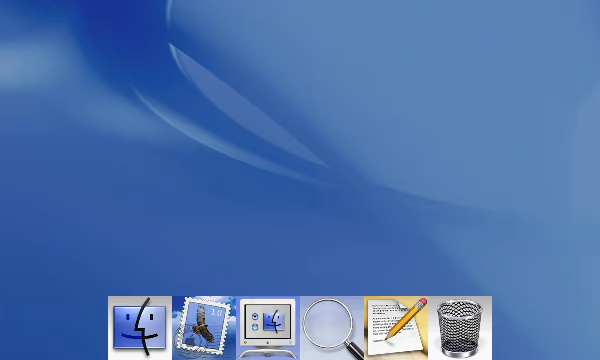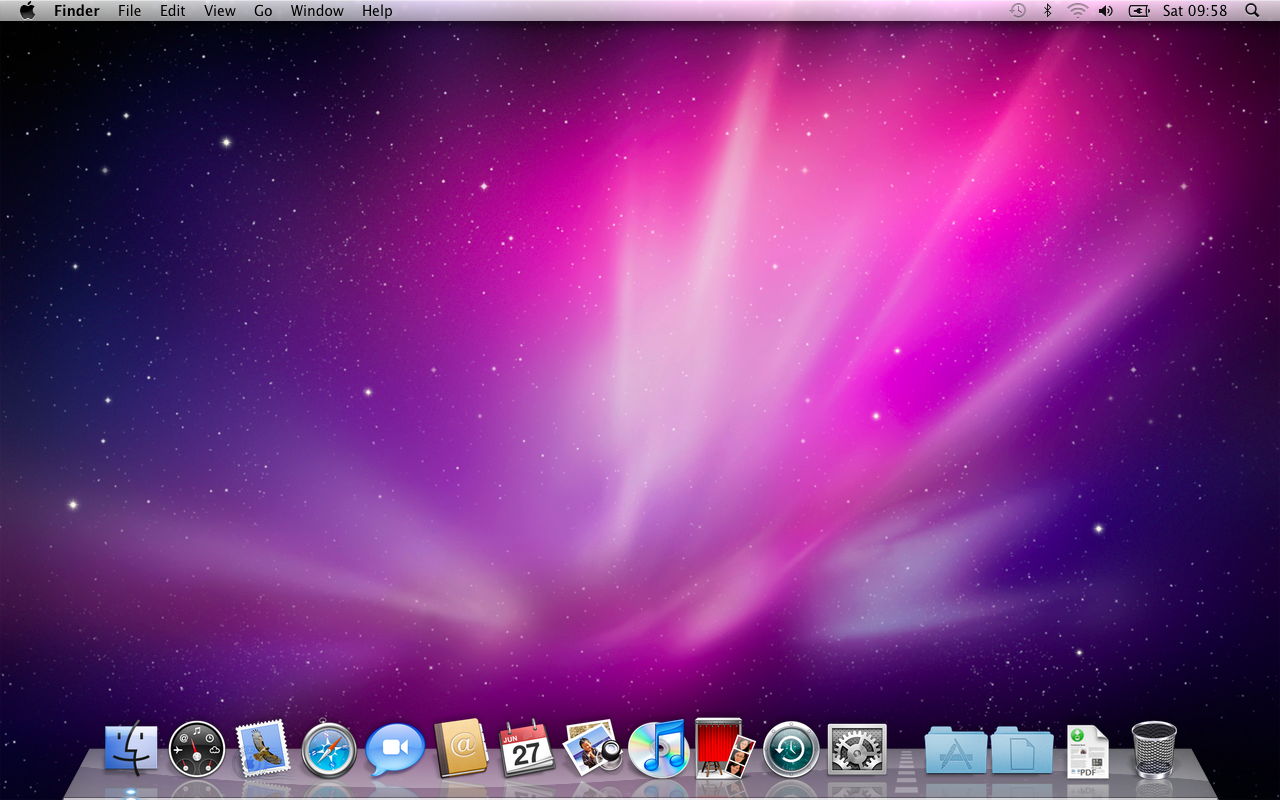
Apple’s macOS has evolved significantly since its inception, yet many core features from its early days remain, giving macOS its distinctive character. One such feature is the renowned Dock, which allows users to quickly access their favorite applications. Interestingly enough, the macOS Dock has just celebrated its 25th anniversary, and there’s an intriguing backstory behind it.
The Origin of the macOS Dock
James Thomson, the developer of the well-known scientific calculator app PCalc, was part of Apple during the development of the initial Mac OS X, which later succeeded the classic Mac OS 9. Notably, Thomson played a role in creating the macOS Dock, and he recently shared some fascinating insights into the project on his blog.
The Dock was publicly introduced by Steve Jobs at the Macworld Expo on January 5, 2000, where he also presented the first look at the Aqua user interface, absent from earlier beta versions of Mac OS X.
“Towards the end of the presentation, Jobs revealed the Dock. Everyone recognizes the Dock, it has practically been a fixture at the bottom of your Mac screen for ages (assuming you keep it in the right spot),” Thomson noted.

The original Dock that came with Mac OS X looked quite different compared to what eventually launched. Instead of the familiar floating icons, it displayed a row of square icons due to the design not being finalized at the time. “My role was to convert Bas Ording’s prototypes made in Macromind Director into functional code,” Thomson explained.
Prior to his tenure at Apple, Thomson had developed an application called DragThing, which essentially served as a Dock for Macintosh users. It allowed users to create shortcuts for applications, folders, and documents, keeping them visible on the desktop. This project helped Thomson secure his position at Apple, where he was later invited to collaborate on a project that would integrate his concept into the Mac operating system.
At one point, while I was in Cupertino, I was offered a chance to work on a classified project codenamed “Überbar”. I was shown a few prototypes, and I was warned that only six people were privy to this information, meaning if it got leaked, they would trace it back to me. I thought, if DragThing was going to be replaced, it should be by me.

Secrecy Surrounding the Project
The development of the Dock was parallel to that of Finder, another crucial component of Mac OS X. However, initial coding began in Mac OS 9, well before the new OS’s arrival. “I vividly remember the first time we managed to get the code working on Mac OS X.” Naturally, everything concerning OS X was under strict confidentiality, limiting access to the new Aqua interface to only a select few at Apple.
I hadn’t seen the glossy, enticing buttons of Aqua for quite some time while working on the Dock. There were even rumors that any screenshot of Aqua would encode the machine’s hardware MAC address into the image, enabling leaks to be traced.
Adding to the complications, Thomson was living in Ireland while working at Apple’s Cork office. Allegedly, Jobs was furious to discover this and instructed that Thomson relocate to the US to be with the rest of the team. “I have been informed that the engineer developing the Dock is in f*cking Ireland,” Steve supposedly told a manager.
Reluctant to move, Thomson frequently traveled to Cupertino, while the team informed Jobs that he had agreed to relocate. “I had an office near the Finder team corridor. I can only imagine that Steve would walk by looking for me, and they would say he had just missed me, while I was being hurried onto a plane at the other end.”
Following Macworld 2000, after the Aqua interface and the Dock’s grand unveiling, Thomson was informed he must move to Cupertino permanently or risk losing his job. He chose to resign instead, and ultimately, the Dock was entirely rewritten by another engineer before the initial Mac OS X launch.
After Macworld 2000, when the Aqua interface and the Dock were showcased, Thomson was told he needed to relocate to Cupertino, or he would lose his job. He declined and resigned instead. Consequently, the Dock was completely overhauled by another engineer before the debut of the first Mac OS X.

Despite Thomson’s departure, the Dock continues to thrive today—no longer just on the Mac, but also on the iPhone and iPad. Be sure to check out the complete narrative on Thomson’s blog.
Further Reading
: . More.



